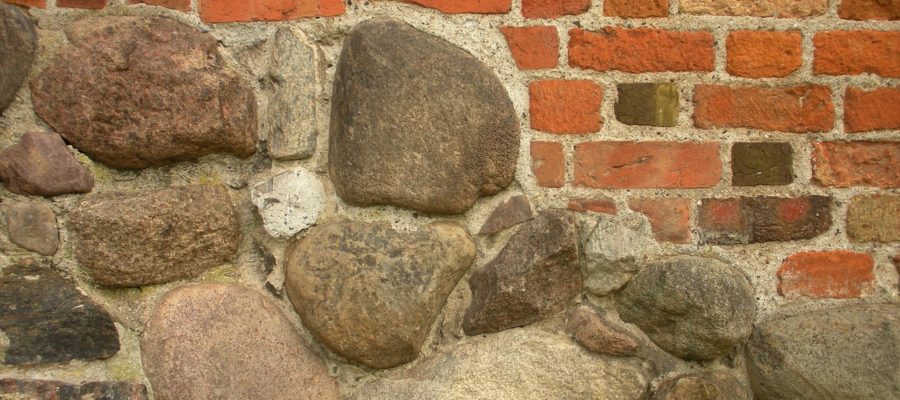You don’t have to have a degree in engineering to understand just how important the foundations are to the rest of your property and if you turn a blind eye to a potential problem it could turn out to be a very expensive error of judgment.
Here are some tips and insights on how to prevent a problem with your home’s foundation and why you should never ignore any warning signs that something might be wrong with the structure of your property.
Prevention is always better than cure
There are several fundamental points that you need to keep in mind as a homeowner if you want to ensure that you maintain a healthy foundation and reduce the risk of suffering any sort of major structural problem.
What you should try to do is minimize any damaging impact on your foundation by being vigilant about exposure to moisture that could weaken it, plus it pays to treat any sign of damage to this part of your property as a priority and deal with any repairs before they get any worse.
Moisture can be so damaging
If you want to maintain a strong and healthy foundation and avoid problems with shrinkage your number one priority towards this aim is to maintain consistent moisture levels in your home.
You need to take whatever steps are necessary in order to achieve the correct as well consistent moisture levels required for a strong foundation. You might want to visit Helitech for more information on waterproofing options as well as details of any repairs you might need at this point.
However, there are several steps you can take yourself as a homeowner to enhance your prospects of keeping the foundation in good order.
Keep an eye on drainage
An effective way of keeping the right level of moisture around your foundation would be to arrange to install rock beds a couple of feet away so that you have a better chance to give the area just the right amount of moisture required to allow just enough moisture to prevent issues with shrinking soil.
It is also a sound idea to pay attention to your drainage setup and check that your gutters and downspouts are helping not hindering your efforts to maintain a solid foundation.
If you have properly sized and correctly installed downspouts and gutters this will make sure that water is directed away from your home, preventing heaving of the foundation, which is a direct cause of excess moisture.
As a guide, an efficient drainage system should see the downspouts discharging water at least feet away from the foundation when they are built on sandy soil and ten feet away when the foundations are built on expansive soils.
Puddles spell trouble
Rainstorms are going to put even an efficient guttering system under a great deal of pressure and if you find that you notice puddling near your foundation after the event, you may need to take extra action to protect your property.
A common solution to this problem is to install a French drain, or you could look at improving the grade around your foundation so that it copes better when excess water arrives as a result of a rainstorm.
You might need to get professional help with these added measures if you are finding that puddling water is hanging around near your foundation.
Build a barrier
If it is not possible to correct the grade around your foundation or you simply want to take extra precautions to protect your property from the threat of moisture you might want to consider installing a moisture barrier.
You will need to install a moisture barrier that is a minimum of five feet deep for it to be effective and if it is correctly installed you should find that it is an effective preventative measure for minimizing moisture migration under your foundation.
Watch where you plant trees and shrubs
Another simple but effective tip for preventing the threat of damage to your foundation is to take care when planting trees and shrubs near your home.
When the weather turns dry the tree and shrub roots will compete with soil for the available moisture, which is bad news for your foundation and could cause cracks. Think about this threat and don’t be tempted to plant trees too close to your home where they could create havoc given certain weather conditions over time.
If you want to avoid the prospect of damage to your foundation think about how to maintain the right moisture levels and don’t ignore any cracks that hint at a problem that could easily get worse.
Demi Hudson works in the office of the family run property maintenance and repair business. Recently, Demi has started to write articles where she shares her knowledge with homeowners all over the world.


